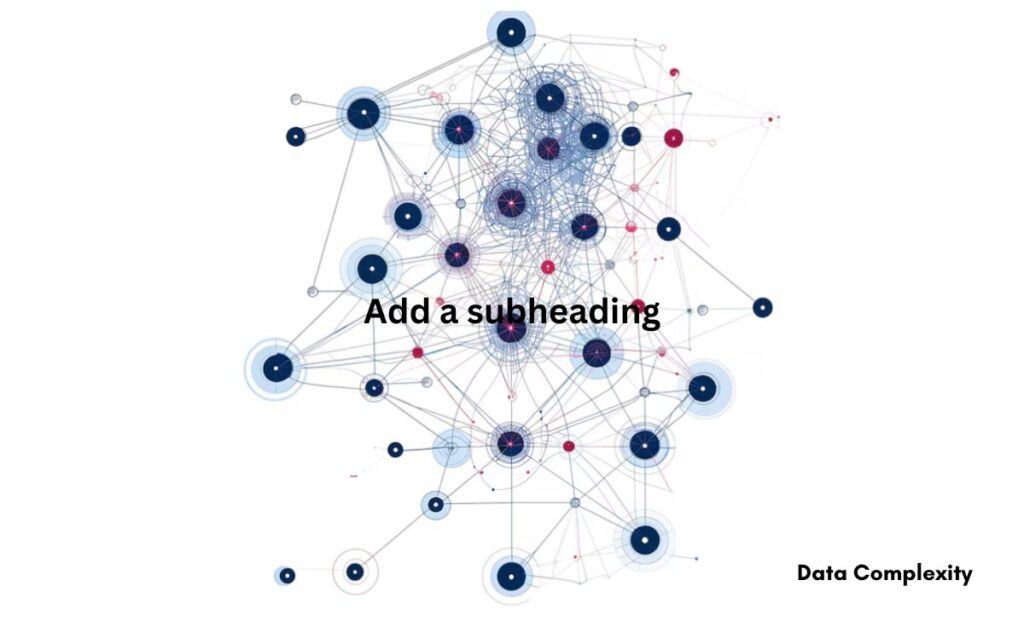
In the field of computer vision research, Emotion AI technology is rapidly evolving. It encapsulated methodologies like facial emotion detection and the automated interpretation of human emotions from available textual and visual data. Gradually Emotion AI technology is becoming pivotal in strengthening human-machine interaction. This is not just a mere manifestation but a statement backed by actual stats.

The global emotion detection and recognition market size was valued at USD 32.95 billion in 2021 and is expected to expand at a compound annual growth rate (CAGR) of 16.7% from 2022 to 2030.
thelightbulb.ai team was swift enough to recognize this trend and we acted instantly by developing a comprehensive ‘Full-stack Emotion AI’ platform. At TheLightbulb.ai, we’ve developed a sophisticated application that integrates the concepts of Visual AI with Conversational AI to deliver real-time emotion-based engagement analytics for a better digital user interaction.
Throughout the process of developing this innovative platform, we concentrated on some key performance indicators (KPIs) to ensure its success. This blog post is all about highlighting the key metrics and trends that you need to watch.
These metrics will not only help in keeping track of the Emotion AI system you’ve implemented it’ll also help in optimizing the low-performing areas.
Key Metrics to Measure Emotional AI Success
To ensure the success of Emotional AI initiatives, one must have a strong grasp of some key metrics for evaluating your AI model’s performance.
Let’s see what these key metrics are and what parameters these measure.
Key Metrics Include
- Facial Action Units (AUs): These units help in recognizing specific human emotions such as sadness, happiness, anger, and fear. It does this by closely analyzing subtle facial movements.
- Speech Features: Another key metric that ensures the flawlessness of an emotional AI platform. The speech features closely analyze human voice aspects like pitch, loudness, and speed via verbal communication.
- Body Language: This metric centers on human body gestures like posture and facial expressions which are crucial indicators for an emotional AI.
- Context: Understanding the context of emotional expressions is vital. It lets businesses distinguish between happy and satisfied prospects and unsatisfied prospects with ongoing conversations.

While these metrics ensure the implementation success of an emotional AI model, we’ll look at some important metrics that will ensure efficiency. The right KPIs can help measure how AI is streamlining business processes are –
- Process Times: As the name suggests this metric keeps track of the time taken by an AI system to complete a specific task. Process time should be calculated before and after the implementation of AI systems for a better vision of efficiency.
- Error Rates: The objective of an AI model is to decrease human errors in whatever tasks they have to perform. Keeping track of error rates highlights the areas that need accuracy improvement.
- Automation Levels: Whether you are using a foundational AI model or a generative AI model, automation is a key feature of AI systems. Therefore, measuring automation levels becomes an important operational metric that helps businesses measure the proportion of tasks or processes automated by AI. The higher the level of automation lower the burden on humans allowing them to focus on more strategic tasks.
Challenges in Measuring AI Success
While we just learned about the key metrics that measure the implementation and operational success of an Emotion AI system, it is important to note that performance measurement is not a straightforward process.
Measuring KPIs is a bit complicated tasks that involve a few challenges. In this section, we’ll take a look at the top important types of challenges which are Data Complexity and Dynamic Environments.
Data Complexity
Here are some challenges associated with data complexity –

- Data Quality: AI Models require data for providing desired output and if the data quality is poor the AI performance can be significantly compromised. It might also pose a question about the efficiency and accuracy of the implemented AI model. Therefore, ensuring high-quality data is vital for the performance of an emotional AI.
- Data Consistency: AI models derive conclusions from varied data sources that include body language, facial decoding, and others. However, there are chances of receiving data that is not synchronized or standardized. Therefore, to tackle this you need to have a process in place that keeps a check on preprocessed standards to avoid future inconsistencies.
- Data Accessibility: As we know, quality data is very important for AI models to generate desired output but, the that has to be fed is not readily accessible. Therefore, a structured framework is much needed that ensures data accessibility and complies with the legal and ethical guidelines.
Dynamic Environments
Ideally, a consistent environment is very much needed to bring out the maximum potential of the implemented AI systems. However, the reality is that have to perform under dynamic internal and external business habitats.
Here’s what you have to deal with when AI models work in dynamic models –
- Internal Changes: Internal changes comprise issues like updates in an organization’s IT structure, changing management and administrative policies, or any other strategic changes that can significantly affect the efficiency of AI models.
- External Fluctuations: These comprise facets like economic drifts, competition dynamics, and technological advancements. These factors can significantly influence AI performance.
Let’s see some strategic approaches to overcome these challenges.
Strategies for Overcoming Measurement Challenges
Now the challenges discussed here might appear difficult to overcome but trust us, they are not invincible. To care of data complexities try building and implementing error-free data governance practices that keep a check on data –
- Quality
- Consistency, and
- Accessibility
for the implemented AI systems. Also, you have to work on integrating flexibility into the KPI measurement framework that lets your business swiftly adapt to the required metrics and KPIs in response to internal and external changes. If your business budget allows you can also go for practices like regular audits that help in mitigating the influence of dynamic environments.
Wrapping Up!
Measuring the implementation success of an Emotion AI system is quite a sophisticated process that demands a strategic selection of some key metrics, and an acumen of the involved challenges. The primary metrics that need vigilant tracking include Facial Action Units, speech features, body language, and context. These stand as a foundation of the process of gaining valuable insights into the effectiveness of your AI model.
To ensure the operational efficiency of AI models, you can also take care of metrics like process times, error rates, and automation levels.
In the end, we’ll only recommend regular reviewing and adjusting of KPIs to ensure that installed and implemented AI systems are meeting the organizational needs.










